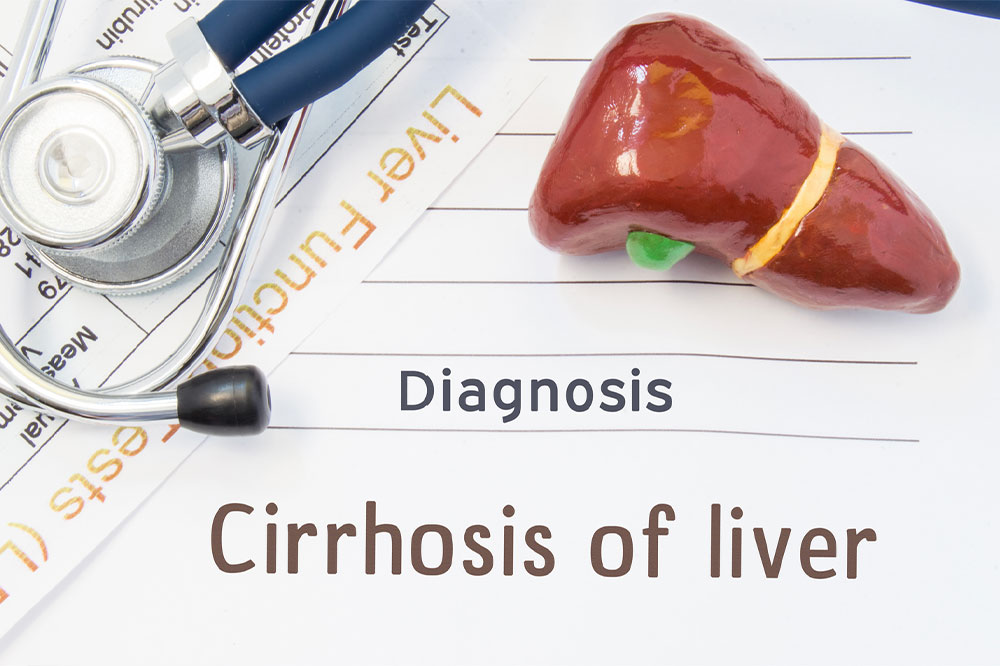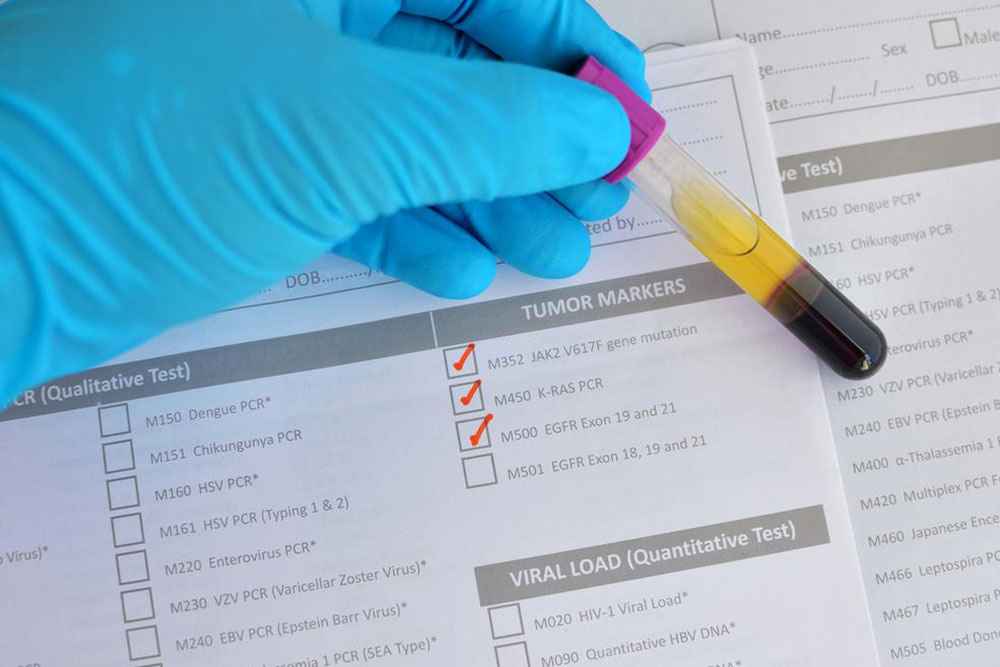Comprehensive Guide to Identifying the Major Symptoms of Liver Damage
This comprehensive guide highlights the essential signs and symptoms of liver damage, emphasizing the importance of early detection and lifestyle choices to maintain liver health. It details causes, manifestations, and preventive measures to help individuals recognize liver issues early and seek timely medical care, ultimately safeguarding overall well-being.

Understanding the Key Signs and Symptoms of Liver Damage
The liver, recognized as the largest and most vital internal organ in the human body, serves numerous critical functions essential for maintaining overall health. Its primary roles include detoxifying harmful substances, regulating vital metabolic processes, processing nutrients from food, storing vitamins and minerals, and supporting immune function. Given its central importance, maintaining liver health is crucial for overall well-being. Unfortunately, liver diseases have become increasingly common worldwide, accounting for a significant proportion of mortality rates, especially in Western countries where lifestyle factors such as alcohol consumption and diet prevalent.
Understanding the early signs of liver damage is essential for timely intervention. When the liver’s functioning is compromised, it can lead to a cascade of health issues, including metabolic disturbances, weight fluctuations, and systemic symptoms. Early detection of liver injury can be life-saving, as the liver possesses remarkable regenerative ability, and prompt management can halt or even reverse damage before it progresses to advanced stages like cirrhosis or liver cancer.
Various factors contribute to liver damage, including genetic predispositions, chronic viral infections such as hepatitis B and C, excessive alcohol intake, prolonged exposure to environmental toxins, obesity-related fatty liver disease, and obstructions in the bile ducts. Recognizing symptoms early can significantly improve outcomes and facilitate effective treatment.
Common symptoms indicating liver issues include persistent fatigue, discomfort or pain in the upper right abdomen, and the yellowing of the skin and eyes—known as jaundice. Other signs may include abdominal swelling or distension, malaise, and unexplained weight changes. Identifying these symptoms early is key to preventing progression to severe disease states.
Swelling in the abdomen, known medically as ascites, results from liver and kidney dysfunction, leading to water and sodium retention. Internal fluid buildup can cause significant discomfort and require medical management. Importantly, the liver can regenerate its tissues if damaged early enough, highlighting the importance of vigilant health monitoring.
Additional indicators of liver distress include easy bruising, nausea, and changes in stool and urine color. Dark urine often signals bilirubin buildup, while pale stools can denote impaired bile flow. Skin itchiness, redness, and spider-like blood vessels may also appear as liver function declines.
Persistent right upper quadrant discomfort, especially when severe or recurring, warrants prompt medical attention. Over time, physical changes such as noticeable swelling, discoloration, or skin changes can emerge, signifying more advanced liver damage. Routine screenings for liver function are highly recommended for at-risk populations.
Other symptoms include unexplained episodes of fatigue, low-grade fever, nausea, persistent headaches, and joint pain. Certain conditions like hemochromatosis—excessive iron accumulation in tissues—can exacerbate liver injury, leading to hormonal imbalances, abnormal liver enzyme tests, and joint issues. Recognizing these signs early can lead to interventions that prevent irreversible damage.
As the metabolic hub of the body, a healthy liver is integral to overall health. Maintaining a lifestyle conducive to liver health involves balanced nutrition, limiting alcohol consumption, avoiding toxins, and regular health screenings. Early detection and intervention are vital to preserving liver function and preventing severe complications such as cirrhosis, liver failure, or liver cancer.





